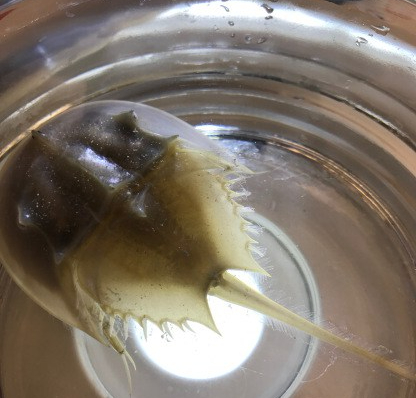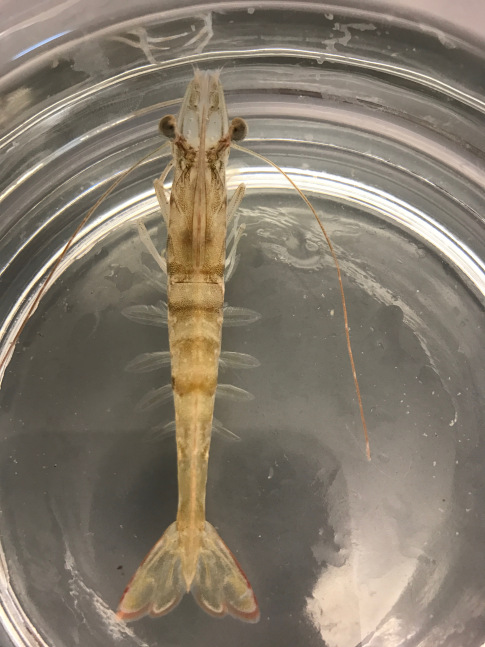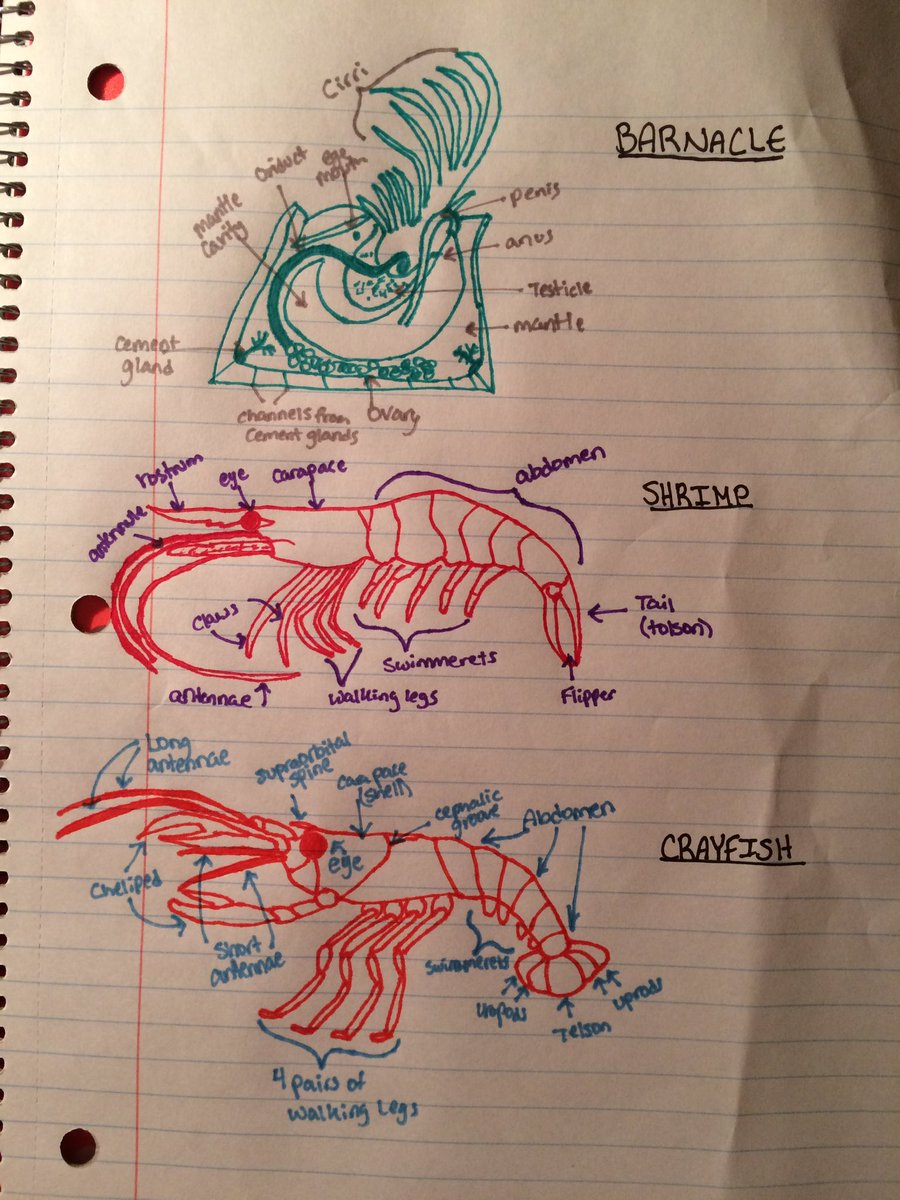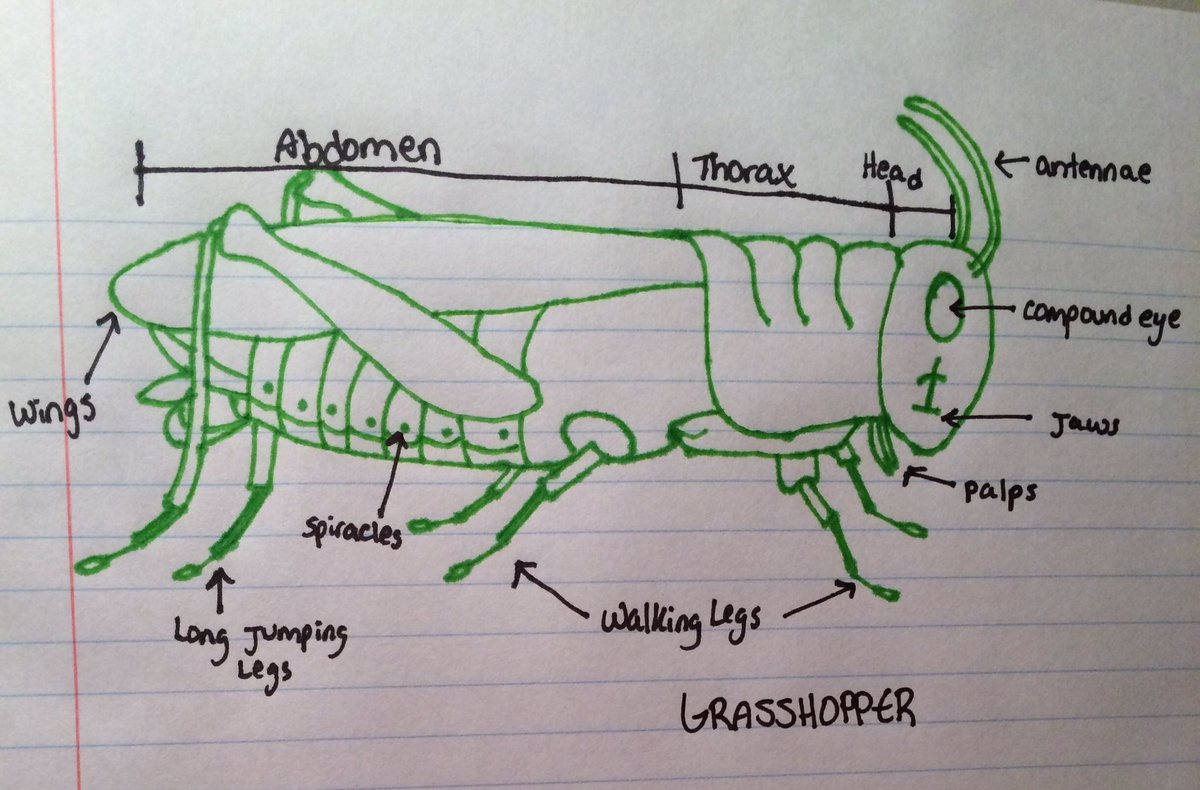General Content
Arthropods have some very specific characteristics. They are all cephalized, have open circulatory systems, have an exoskeleton made of chitin, jointed appendages and they molt. They are also found all over the world. Arthropods can live in all types of environments including hot and cold weather, dry and moist climates and even high in the mountains, although most are found in tropical areas such as rain forests. There are four main classes of Arthropods. These are Crustacea, Myriapoda, Arachnida, and Insecta. (Alana)
Class Arachnida
Spiders
Author: Devon Audibert
“Spiders are arthropods found in the arachnida class and are the largest order found in this class. These arachnids are found all over the world, the only continent which they are found is Antarctica because of the extreme conditions. They are air breathing and have eight legs along with two body sections (the cephalothorax and the abdomen) which are joined together with a small pedicel…”[Read More]
Daddy-Long Legs
Author: Jennifer Rosado
“The daddy-long leg is classified as an arachnid but are under its own order, Opiliones. It has been discovered that they are not spiders. In fact, they are more closely related to scorpions than to spiders…”[Read More]
Class Insecta
Butterflies
Author: Alana Olendorf
“Butterflies are Arthropods which means that they are cephalized, have an open circulatory system, have an exoskeleton made of chitin, jointed appendages and they molt. They are also found all over the world…”[Read More]
The Behavioral Patterns of the Praying Mantis
Author: Simon McEwan
“The praying mantis is an insect like no other, growing up to 6 inches in length and being the only insect that has the ability to turn its head 180 degrees. It has two large compound eyes on either side of its head, and three smaller eyes located in the center of its head…”[Read More]
Lab and Images
Lab Material by Marisa Benjamin
Open Circulatory System in Insects
“Blood” is confined to vessels during only a portion of its circuit through the body. The remainder of its journey takes place within the body cavity (called the hemocoel). For this reason, insect “blood” is called hemolymph
Trachael System in Insects
Exchange oxygen and carbon dioxide between their tissues and the air by a system of air-filled tubes called tracheae. Tracheae open to the outside through small holes called spiracles. Spiracles open into large tracheal tubes. These, in turn, lead to ever-finer branches. The branches penetrate to every part of the body.


Similarities between marine crustaceans:
- They have soft bodies with an exoskelton
- They are aquatic
- Shrimp and crayfish have uropods and telson
- Crayfish, crabs, and shrimp all have antennae, carapace, and a mouth
- Crayfish, crabs, and shrimp all have a form of an eye and legs
Differences between marine crustaceans:
- Shrimps have abdominal segments
- Crayfish live in freshwater
- Shrimp have lamellar gills
- Crayfish have antennules and maxillipeds
Lab Material by Alana Olendorf
 As you can see in the above drawings,crayfish and shrimp have many similar appendages. Some of these include their antennae, abdomen, carpace (shell), antennules, swimmerets, uropods, telson and walking legs. Crabs also share some of these features like the walking legs, antenna, carapace and chelipeds. Crayfish and shrimp are much more similar to each other in regards to body type and anatomy than to a crab.
As you can see in the above drawings,crayfish and shrimp have many similar appendages. Some of these include their antennae, abdomen, carpace (shell), antennules, swimmerets, uropods, telson and walking legs. Crabs also share some of these features like the walking legs, antenna, carapace and chelipeds. Crayfish and shrimp are much more similar to each other in regards to body type and anatomy than to a crab.
 The main difference between grasshoppers and crickets is their antennae and their diet. Crickets tend to have long antennae while grasshoppers have short ones. Also grasshoppers mostly only eat grass but crickets are likely to eat animal matter.
The main difference between grasshoppers and crickets is their antennae and their diet. Crickets tend to have long antennae while grasshoppers have short ones. Also grasshoppers mostly only eat grass but crickets are likely to eat animal matter.
Socially Relevant
Chagas Disease (American Trypanosomiasis)
Author: Jennifer Rosado
“Also known as Chagas Disease, American Trypanosomiasis is a vector borne disease. The triatomine bug commonly known as the kissing bug, cone-nose bug and chinches is the arthropod insect vector that if infected with the Trypanosoma cruzi can spread it to humans, dogs and other mammals…”[Read More]
Horshoe Crabs in the Medical Industry
Author: Marisa Benjamin
“Horseshoe Crabs, otherwise known as “living fossils“ are some of the oldest animals in the world. Their ancestors date back to 445 million years ago, which is 200 million years BEFORE dinosaurs. Because of their name, most people think they are crustaceans but they are actually more closely related to arachnids…”[Read More]
Ophiocordyceps unilateralis
Author: Devon Audibert
“Ophiocordyceps unilateralis is an insect pathogenetic fungus which was discovered in tropical rainforests in the late 1850’s. This fungus is known to alter the action of the insets (mostly found in ants) by affecting its genome and attacking the brains of its victims. This is what created the term “zombie ants” because of the unusual interactions the infected insect perform (not having control over their own body)…”[Read More]
Yellow Fever
Author: Jennifer Rosado
“Yellow fever is a major health issue that impacts Africa and South America, but is significantly more prevelant in Africa. In Africa 34 countries are endemic where as only 13 countries in South america are endemic. Approximately 200,000 people are affected by yellow fever and it has been estimated that it has caused 30,000 deaths…”[Read More]
Why are Humans Afraid of Spiders?
Author: Josh Stevens
“Spiders are in the phylum Arthropoda but they are not insects like a majority of arthropods as they are an arachnid. Spiders are eight-legged animals that have two main body parts (cephalothorax and abdomen) and also have silk spinning organs, simple eyes, fangs, and almost all spiders reproduce sexually. In comparison, insects have three main body parts, six legs, compound eyes and chewing jaws instead of fangs…”[Read More]
Myths and Truths about Spiders
Author: Alana Olendorf
Vocabulary
- cephalon- The head section of an arthropod.
- thorax-The midsection of an insect body.
- cephalothorax- comprised of the head and the thorax fused together, as distinct from the abdomen behind.
- abdomen- The ball typically seen on many insects.
- appendages– All arthropods have jointed appendages such as legs.
- antennae- Appendages used for sensing.
- antennules- The smaller pair of antennae
- mandibles- A pair of mouthparts used for biting or cutting and holding food.
- maxillae-Paired structures present on the head as mouthparts in members of the clade Mandibulata, used for tasting and manipulating food.
- maxillipeds- Up to the first three pairs of legs are modified to maxillipeds, which assist manipulation of food items by passing food forward to the mandibles for chewing or to the maxillae for cutting into smaller pieces.
- carapace- A dorsal section of the exoskeleton.
- compound eyes-They are made up of repeating units, the ommatidia, each of which functions as a separate visual receptor.
- rostrum- The forward extension of the carapace in front of the eyes.
- thoracopods-Swimming appendages.
- pereopods-The first pair of pinchers.
- pleopods- Swimmerets
- uropod-either of the two posterior abdominal appendages of the lobster, shrimp and some other crustaceans.
- telson- The most posterior division of the body.
- chelipeds- The front pair of appendages that typically have claws on them.
- tergum- The dorsal portion of an arthropod section that isn’t the head.
- scutum- Found on ticks and is much larger on the male than the female.
- cirri-Thoracic appendages modified for feeding.
- gills-The respiratory organs of aquatic arthropods.
- cardiac stomach- The large anterior foregut.
- pyloric stomach-Digestive enzymes secreted by the digestive glands act upon the food as it moves into the pyloric chamber of thestomach in Crayfish.
- antennal (green) gland-In many crustaceans, excretory glands are located in the head. They are called antennal glands or maxillary glands, depending on whether they open at the base of the antennae or at the maxillae. If the tubule adjacent to the excretory pore is green, the gland is called a green gland.
- intestine-Digests their food.
- aorta- Blood is driven forward and is poured in the haemocoel through the aorta.
- ventral nerve cord-Ventral nerve cords go from anterior to posterior and are made up of segmented ganglia that are connected by a tract of nerve fibers.



Page is looking good! Check with the owners of photos you’ve used and add the CC license for any images that the photographer chooses. Let me know when you feel this page is completed. Also, make sure you italicize all genus, species names. And check spelling (horseshoe crab, praying (not pray) mantis, etc)
LikeLike
Also, check the links in your vocabulary list
LikeLike
I think that my page is done but let me know of any more corrections you think I should make!
LikeLike